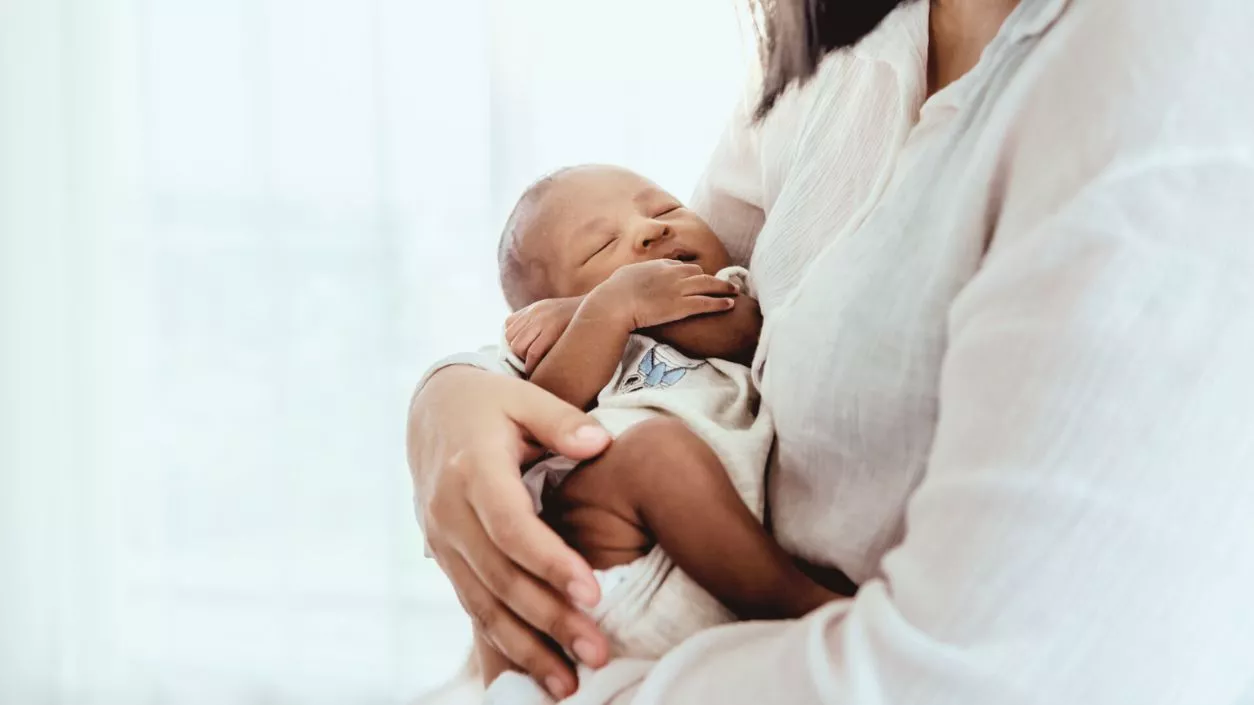.gif)
.gif)

Russia has introduced a financial incentive offering 100,000 rubles (approximately Rs 81,000) to female students under 25 who give birth to a healthy child. The policy is specifically targeted at full-time students attending local universities or colleges within the Karelia region. This initiative is part of Russia’s broader efforts to counter its ongoing demographic decline, with the country facing one of the lowest birth rates in its history.
To be eligible for the financial incentive, women must meet a set of criteria: they need to be enrolled as full-time students, under 25 years old, and permanent residents of the Karelia region. The initiative is strictly limited to healthy births, meaning that mothers who experience stillbirths will not receive the financial benefit. There is currently no detailed information regarding whether mothers who have children with disabilities or those who pass away due to conditions like Sudden Infant Death Syndrome (SIDS) will qualify for the payment. Furthermore, the policy does not address whether additional support, such as childcare assistance or postpartum recovery benefits, will be available to these young mothers.
This measure comes amid an ongoing demographic crisis in Russia. In the first half of 2024, only 599,600 children were born in the country, marking the lowest birth rate in 25 years. This number represents a 16,000 decrease compared to the same period in 2023, when over 615,600 births were recorded. The country has been experiencing a combination of low birth rates, high mortality rates, and significant emigration, all contributing factors to the shrinking population.
To complement the regional program, Russia’s national government has also raised maternity payments. Starting in 2025, first-time mothers will receive 677,000 rubles (about $6,150), a notable increase from 630,400 rubles in 2024. Mothers giving birth to a second child will be eligible for 894,000 rubles (around $8,130), up from 833,000 rubles the previous year. These increased payments aim to provide additional financial support to families as part of the government’s efforts to encourage higher birth rates and offset the declining population.
Along with national maternity payment increases, at least 11 regions across Russia have implemented their own financial incentives for childbirth. These regional programs are varied, with some regions offering housing subsidies, child support, and other financial benefits to encourage women to have children. For example, Tomsk, a city in central Russia, has launched a similar initiative. These efforts are seen as essential in light of Russia’s population challenges.
Russia’s declining population is not only the result of low birth rates but also high mortality rates, with life expectancy in Russia lower than in many other developed countries. In addition, emigration, partly driven by economic difficulties and political factors, has accelerated in recent years. The ongoing war in Ukraine has further strained Russia’s demographic situation, with significant casualties and a large number of citizens leaving the country. Experts have raised concerns that financial incentives alone may not be enough to reverse the demographic trends without addressing the broader socio-economic factors, including economic hardship, quality of life, and healthcare.